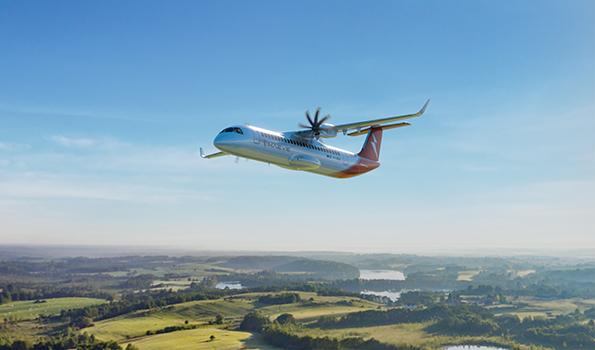
The M80 is slated to enter commercial service in 2031.
Credit: Maeve Aerospace
Maeve Aerospace has started research and development on an 80-seat hybrid-electric turboprop that is targeted at the regional jet and De Havilland Dash 8-Q400 replacement markets. The aircraft, dubbed the M80, is to make its first flight at the end of 2028 and enter service in 2030-31. The M80 has...
Maeve Aerospace Proposes M80 As Regional Jet Replacement is part of our Aviation Week & Space Technology - Inside MRO and AWIN subscriptions.
Subscribe now to read this content, plus receive full coverage of what's next in technology from the experts trusted by the commercial aircraft MRO community.
Already a subscriber to AWST or an AWIN customer? Log in with your existing email and password.
